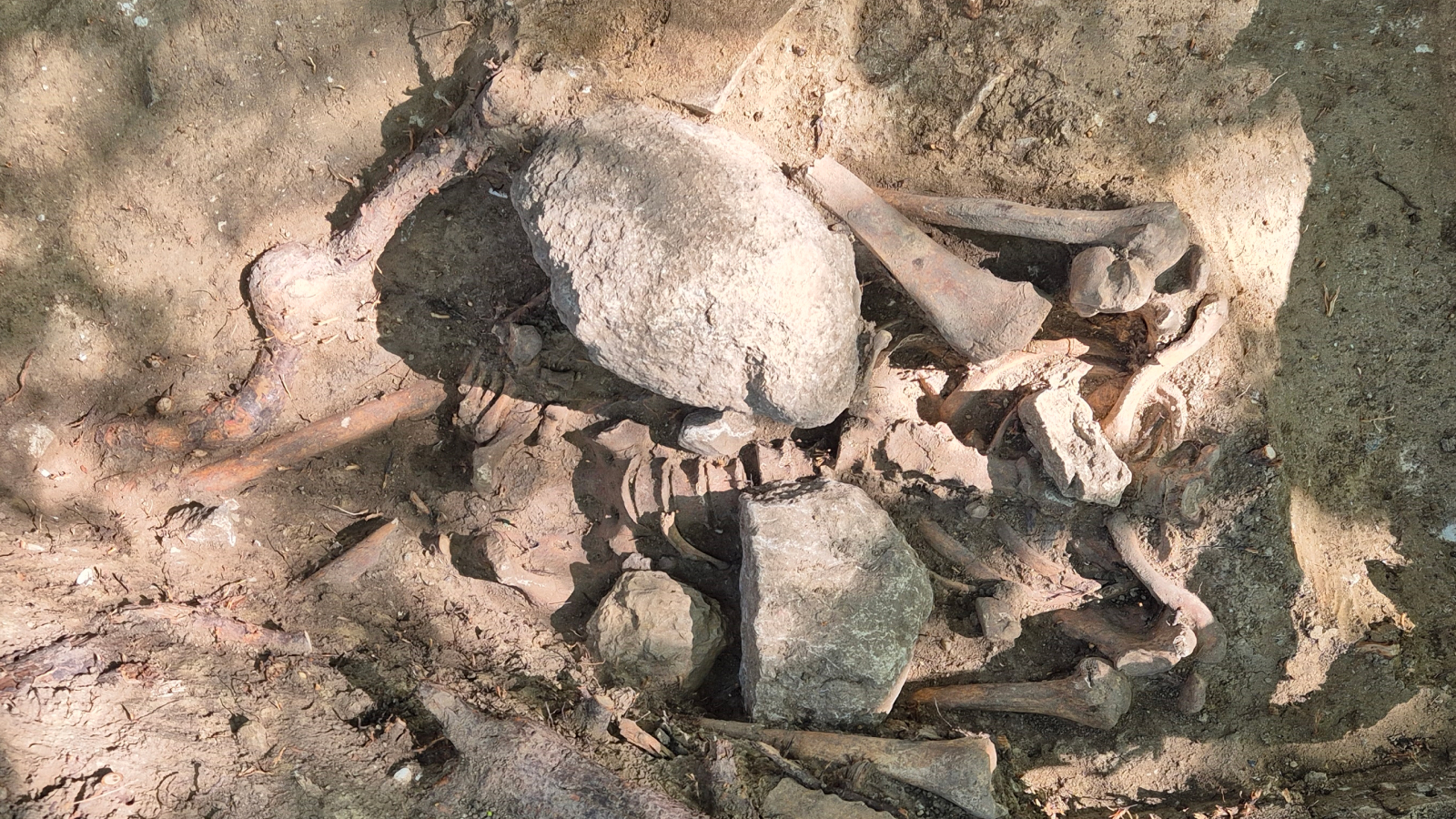Catalysts, Vol. 13, Pages 569: Surfactant Improved Interface Morphology and Mass Transfer for Electrochemical Oxygen-Evolving Reaction
Catalysts doi: 10.3390/catal13030569
Authors: Mingze Zhu Zexuan Zhu Xiaoyong Xu Chunxiang Xu
The surface microstructure of a catalyst coating layer directly affects the active area, hydrophilicity and hydrophobicity, and the high porosity is desirable especially for solid–liquid–gas three-phase catalytic reactions. However, it remains challenging to customize catalyst distribution during the coating process. Here, we report a simple strategy for achieving ultrafine nanocatalyst deposition in a porous structure via introducing the surfactant into coating inks. For a proof-of-concept demonstration, we spin-coated the nanoscale IrO2 sol with a surfactant of sodium dodecyl sulfate (SDS) onto the glassy carbon (GC) electrode for oxygen evolution reaction (OER). Due to the surfactant action, the deposited IrO2 nanocatalyst is evenly distributed and interconnected into a highly porous overlayer, which facilitates electrolyte permeation, gas bubble elimination and active-site accessibility, thus affording high-performance OER in alkaline media. Particularly, the SDS-modified electrodes enable the industrial-level high-current-density performance via enhanced mass transfer kinetics. Such manipulation is effective to improve the coating electrodes’ catalytic activity and stability, and scalable for practical applications and suggestive for other gas-evolving electrodes.

 1 year ago
40
1 year ago
40


